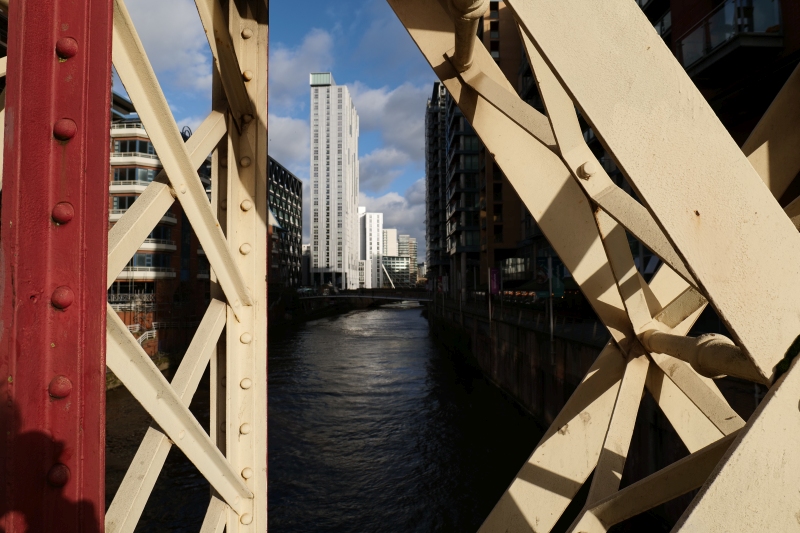The Encyclopædia Britannica describes Checks and Balances as a “principle of government under which separate branches are empowered to prevent actions by other branches and are induced to share power.”
This system relies on the idea of separation of power, without which, checks and balances could not be implemented. The separation of power itself becomes possible with the existence of different types of state power.
These ideas are old. Mixed governments using checks and balances were already recorded in the Roman Republic. They evolved over the centuries.
What didn’t change was the desire to organize power and find ways to ensure the presence of freedom for individuals. People knew then and now, that assembling all three state power in one hand would allow for unpredictable situations.
They were trying to provide the existing leadership with a power they could use to the benefit of those they were governing. They also sought to provide individuals with a predictable togetherness. One in which existing rules would be made accessible as well as enforceable. As well as one empowering leader to determine a path to strengthen their group or nation while reacting to the situation as it changed.
Leaders could develop a vision, find followers, and act with them. Individuals, on the other hand, had an understanding of how to act within the group, the rights they could rely on, and how to enforce them.
The established system of checks and balances in the USA was the result of the contributions philosophers made over the centuries as well as the ideas the founding fathers developed to adapt such a system to their situation.
Whatever organization operates within such a system is supported by it. Thus, leaders find themselves restricted by the separation of power as it exists in their country. It flows into the way their company is organized. It assists them in determining if their plans, the ideas they want to implement, as well as how they do it will be perceived as acceptable by their peers and followers.
However, within an organization, often for the sake of reacting quickly, the culture might have become one in which single voices receive more authority. An authority that seems to make things less predictable or more dangerous for individuals. They then, prefer to act in a way that gives them a sense of predictability and is often based on their individual fears.
One could assume that within a system of separation of power, there is also fear. And it’s true. However, these anxieties are meant to be contained through checks and balances. It establishes a culture that allows individuals to take calculated risks and step out of their comfort zone.
That’s freedom.


